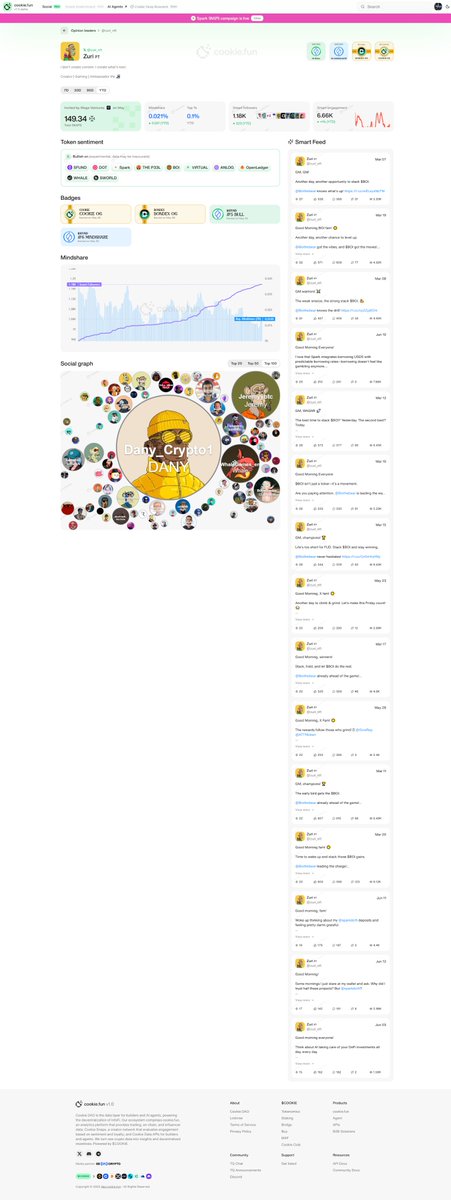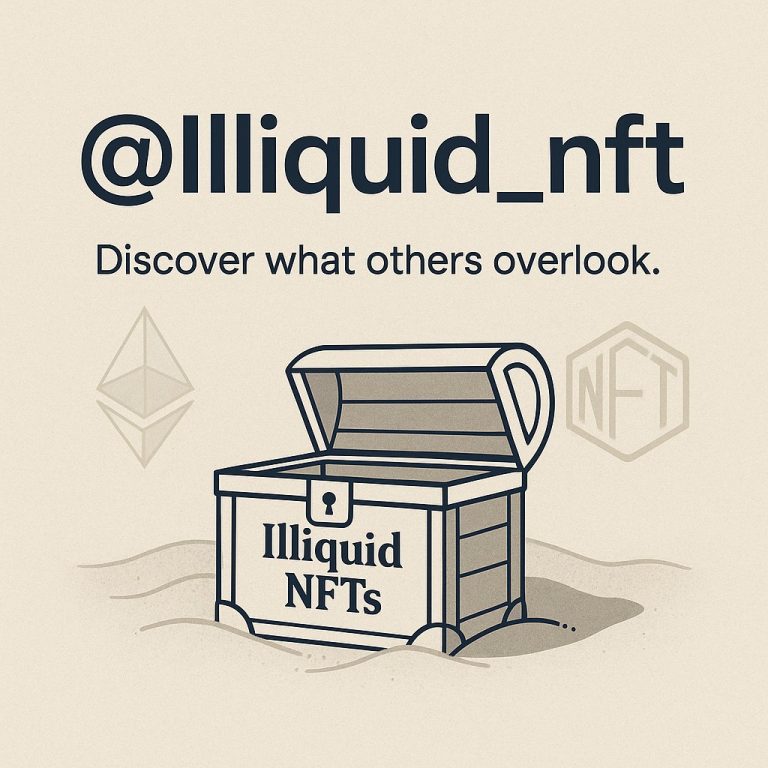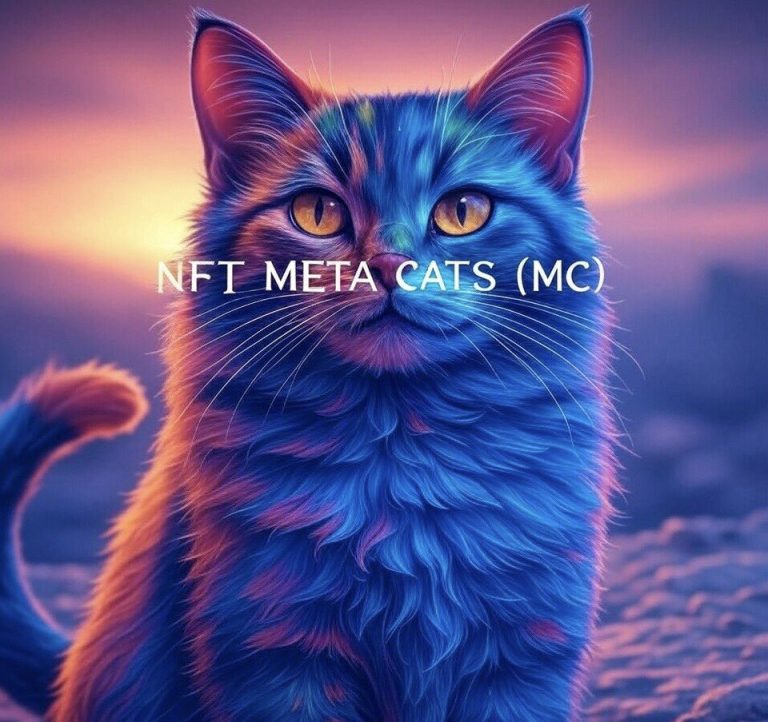
The Emergence and Dynamics of NFT Ecosystems: A Contemporary Analysis
—
The digital landscape continues to evolve rapidly, producing innovative frameworks that reshape how we create, share, and monetize value. Among these, Non-Fungible Tokens (NFTs) have emerged as an ecosystem unto themselves, transcending mere digital collectibles to become hubs of creativity, economic structures, and community interaction. Today’s social media discourse, captured through recent snippets, offers a fascinating glimpse into this multifaceted ecosystem—highlighting ongoing developments, user engagement models, integration with blockchain technologies, and cultural intersections.
This report seeks to dissect the present state of NFT ecosystems by unraveling the components, emerging trends, and challenges that define them in 2025. Drawing from observed public sentiments, project announcements, and analytical undertakings shared by community voices on platforms like X (formerly Twitter), we will contextualize how NFTs are shaping the digital frontier.
—
Understanding the NFT Ecosystem: More Than Digital Art
At its core, an NFT ecosystem is a network of interrelated actors, technologies, marketplaces, and communities woven around unique digital assets verified on blockchains. Beyond the simplistic notion of “digital art,” these ecosystems represent an evolving interplay of cultural expression, tech innovation, and economic incentives.
For example, one tweet from Daliel Kaluzikova hints at the “almost religious” enthusiasm in this space, indicating that participants emotionally invest in NFTs, often blending analytical rigor with cultural zeal. This highlights how NFT engagement does not solely rely on market mechanics but also on social and psychological factors, turning NFT ownership and participation into a quasi-ritualistic experience. The phrase “NFT ecosystems: Add rest make if theory” may imply the nascent and evolving theoretical frameworks attempting to interpret these dynamics.
—
Community-Driven Content and Incentive Mechanisms
The NFT realm thrives on active content creation and community participation. Platforms like Kaito’s Yaps program illustrate how ecosystems incentivize high-quality content generation by rewarding contributors with tokens and NFTs themselves. The program’s emphasis on leaderboards and launchpads reflects a gamified approach, encouraging users to produce insightful crypto analyses and engage in a feedback loop that enhances collective knowledge.
This model blends decentralized finance (DeFi) principles with social networking, transforming passive followers into active stakeholders. By earning $KAITO tokens or NFTs, participants have skin in the game, which can foster long-term engagement and sustainability. It’s a compelling evolution from earlier NFT trends marked primarily by speculative trading to a more participatory, meritocratic structure.
—
Technological Integration: Cross-Chain Support and Automation
Another key dimension of modern NFT ecosystems lies in their technical sophistication and interoperability. The case of $BNKR GUIDE V2 showcases a wide array of features like wallet modes, limit orders, support across major blockchains including Solana, Ethereum, and Polygon, and functionalities such as NFT minting and funding options. This indicates a mature ecosystem that not only supports asset creation but also sophisticated financial tools and user conveniences, encouraging wider adoption.
Such multi-chain support reduces ecosystem fragmentation, allowing users to navigate between blockchain environments seamlessly. This technical glue is crucial for scalability and resilience. Additionally, automation tools and AI-powered bots (like @bankrbot) enable streamlined interactions, reducing barriers for newcomers and enhancing the overall user experience.
—
Content Creation as an Analytical and Educational Journey
Caben’s promise of launching a new series called A.L.A.G., designed to delve into NFT analysis with high-quality animations, marks another aspect of ecosystem growth: content that educates and demystifies. Series like these aim to deepen collective understanding, transforming complex technical and economic concepts into accessible narratives.
This aligns with the broader trend of analytical content becoming a cornerstone within the NFT community. As users are bombarded with new projects, tokens, and protocols, credible and engaging analysis helps cut through noise, enabling informed decision-making. Thus, content creation not only supplements the ecosystem’s vibrancy but is essential for its health and robustness.
—
Cultural Crossovers and Celebrity Endorsements
The mention of “NFT se7en (7)” associated with the K-pop star SE7EN underscores the potent intersection of NFTs with popular culture. Celebrity-branded NFT projects leverage fan communities, creating unique social value while driving adoption. These projects often include collectibles, exclusive experiences, and fan participation schemes.
This fusion illustrates NFTs’ potential as cultural artifacts that extend beyond pure investment or utility. Supporting fan identity and community solidarity, celebrity NFTs can foster loyal ecosystems with diverse stakeholders, from creators to collectors to casual fans.
—
Real-Time Engagement and Event-Based NFTs
In a different vein, the coverage of real-time events, such as the Trump military parade updates offered by media outlets, suggests emerging content opportunities linked to NFT ecosystems. Live event insights tied with NFT releases or token rewards can create dynamic interaction points, where audiences participate in unfolding narratives while gaining digital assets.
This approach merges traditional media with blockchain-driven models, offering new monetization routes for broadcasters and engagement opportunities for viewers. The novelty lies in combining ephemeral real-world moments with permanent digital ownership.
—
Challenges and Considerations Moving Forward
While the NFT ecosystem is vibrant and innovative, it also faces notable hurdles. Market volatility remains a concern, as hype cycles can distort value and participation breadth. The intricate interplay between speculative behavior and genuine cultural engagement sometimes fuels polarized perceptions, as hinted at by the cryptic and somewhat fragmented nature of statements in some tweets.
Moreover, technical barriers, despite multimodal support, still impede mass adoption for non-experts. Educational initiatives like A.L.A.G. are steps toward bridging this gap, but scaling inclusivity demands ongoing efforts.
Regulatory clarity, environmental considerations of blockchain usage, and intellectual property rights also loom as critical fronts that will shape the sustainability and legitimacy of NFT ecosystems.
—
Conclusion: The NFT Ecosystem as a Living Digital Frontier
The snapshots of conversation and activity from mid-2025 reveal NFT ecosystems as complex, interwoven networks charged with creativity, community spirit, and technological ambition. Far from mere digital curiosities, these ecosystems represent an emergent digital frontier where finance, culture, technology, and human connection converge.
As the ecosystem matures, success will hinge on balancing innovation with accessibility, speculation with meaningful utility, and individual expression with community cohesion. With continuous creative experiments, incentive realignment, and cultural integration, NFTs may well redefine digital interaction paradigms—offering new forms of ownership, participation, and collective storytelling that resonate with an increasingly digital-native world.
—
If you are interested in further exploration, consider visiting:
– OpenSea NFT Marketplace
– Ethereum Foundation – NFTs
– Solana NFT Ecosystem
– Polygon NFT Resources
– Kaito’s Official Platform
– Bankrbot and $BNKR Features
These sources provide real-time information and deepen understanding of the NFT space’s evolving landscape.







